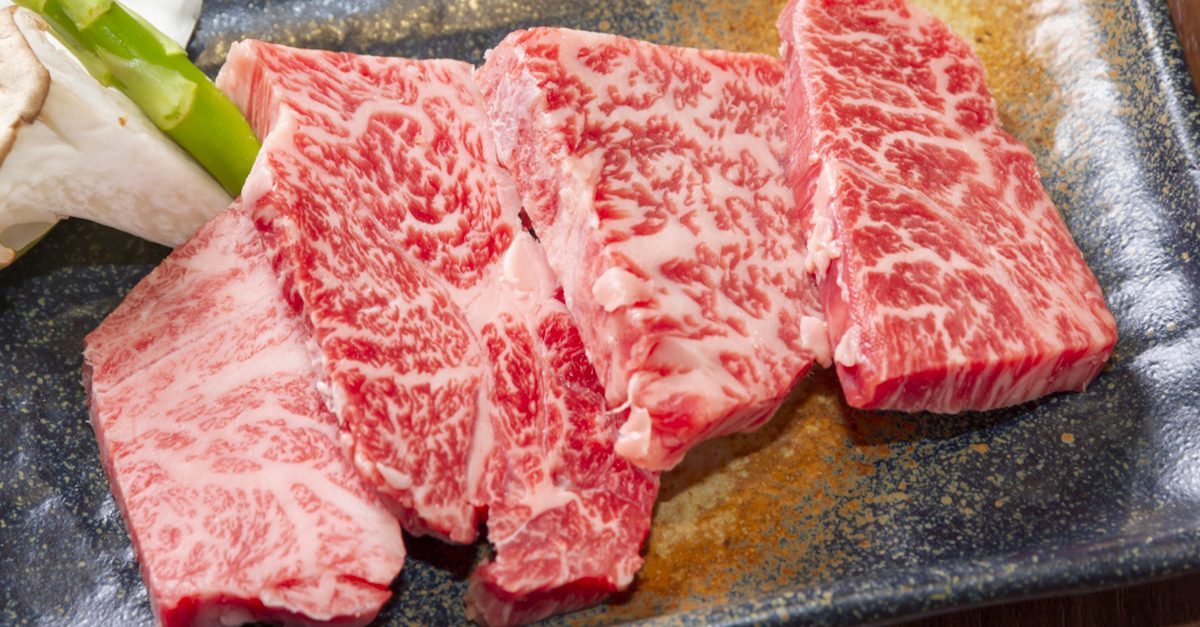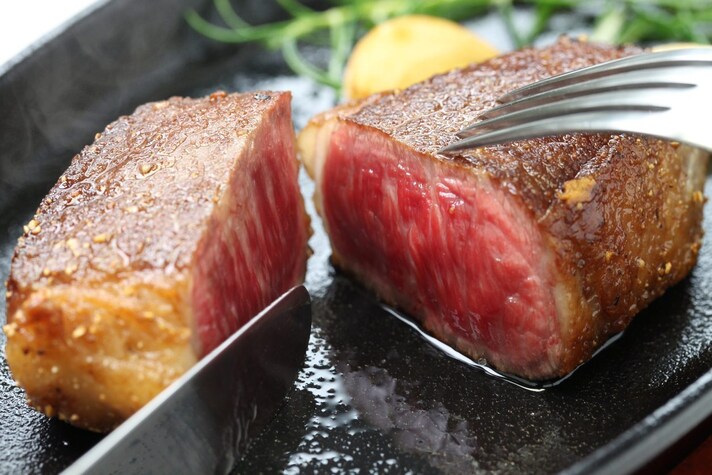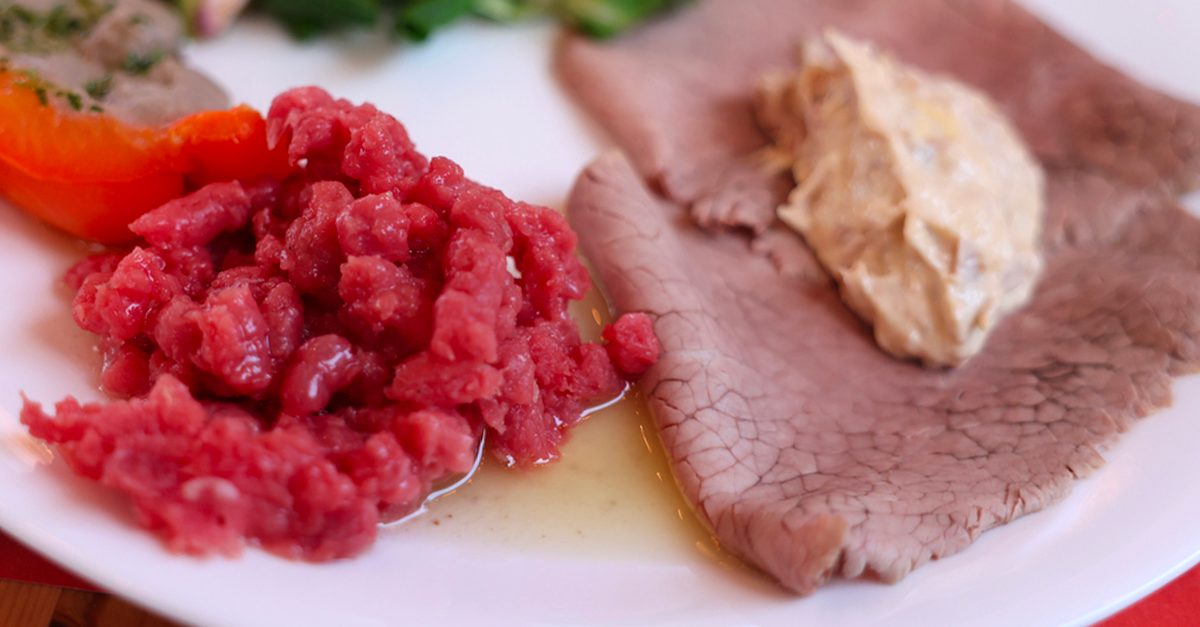Kobe Vs. Wagyu: What Are The Differences Between the World’s Finest Meats
Let's start by saying that all Kobe is Wagyu but not all Wagyu is Kobe. The two most prized meats in the world are actually closely related and it is not always easy to understand the differences.
;Resize,width=742;)
In recent years there has been a lot of talk about Kobe beef and Wagyū beef, often creating a lot of confusion. Let's start by saying that all Kobe is Wagyū but not all Wagyū is Kobe: this is because the literal translation of Wagyū is "Japanese beef", all types of beef from the Land of the Rising Sun are therefore Wagyū. Let's try to understand all the differences between the two products because, often, they are really difficult to see.
The Differences Between Wagyu and Kobe
We can answer this question simply and clearly: Kobe beef is a specific type of Wagyu that must meet strict standards set by the Japanese government. It comes from the Tajima strain of Wagyu cattle, raised in Japan’s Hyogo Prefecture, and must be certified by official Kobe Beef associations. While Kobe is often considered a luxury product, not all Wagyu is inferior just because it's not labeled "Kobe." In fact, high-quality American Wagyu—raised under rigorous conditions—can rival or even surpass certified Kobe in flavor and marbling. Just like with regional labels on cheese or wine, certification guarantees origin and standards, but it doesn't always dictate quality across the board.

Before delving into the differences between the two types of meat, it is important to specify that in Japan there are six native cattle breeds of the archipelago, of which only two are truly autochthonous, or "born" on the islands. The Mishima and the Kuchinoshima are Japanese trademarks, the JapaneseBlack, Japanese Brown, Japanese Polled and Japanese Shorthorn are native, but selected thanks to crossbreeding with other breeds of cows from the West. All these breeds mentioned are wagyū and are all of a high level, appreciated throughout the world for the marbling, tenderness and goodness of the meat.
In Japan, farms have specialized over the years and today you can find many different names referring to these steers such as Matsusaka, Kobe, Yonezawa, Mishima, Ōmi and Sanda. These strange names have one thing in common: they are all geographical areas. Each area has a specific breeding methodology that only minimally affects the yield of the product. The classification based on the areas is very important today because Wagyū is now also raised in other parts of the world: it is found in Australia, Scotland, here in the United States, Canada, and even Italy. We almost always find ourselves in front of quality meats, especially in Oceania they are very good at treating these animals.
This is good news for enthusiasts: this cow is excellent even at lower prices, precisely because breeding is increasing. It’s hard to pin down the exact cost of Wagyu beef, as prices vary widely depending on the type, quality, and country of origin. It can reach up to $3,200 per kilo (around $1,450 per pound), but even at $85 per kilo (roughly $38 per pound), you're still getting exceptional quality meat. Naturally, it's a high-priced product—not for every budget—but it remains firmly in the luxury category. If you're concerned about the environmental impact and the rise in Wagyu cattle farming, rest assured: the incredible tenderness of this meat comes from the animals' deeply relaxed, stress-free lifestyle. The cows are raised with care, allowed to grow naturally, and provided with spacious, humane environments. Human intervention in their care focuses solely on improving their well-being, so the water and environmental footprint of this practice is minimal and generally considered low-impact.
Kobe Beef's Characteristics
First of all, Kobe beef can only be produced in Kobe, raised in the prefecture of Hyōgo, the ancient province of Tajima, obviously in Japan. This is the most important condition for the product specification. The cows must be between 28 and 60 months old and have a guarantee seal from the Japanese Chrysanthemum, an association that officially certifies Kobe beef.
Then there are more technical notes such as the vield score (level A) or the Bun, of a grade 5 or 6 of the meat quality grading of the Japanese association and a BMS (a fat classification) that goes from 1 to 12 on the Tajima-Gyudeve scale. Obviously these technical notes are known only by the great selectors, it is not even certain that an American butcher is aware of them, because even the few lucky ones authorized to sell Kobe beef receive it already nice and ready. We say "lucky few" because the same Japanese Chrysanthemum that certifies the goodness of the meat is the only one that can authorize retailers abroad, all easily traceable through their official website.
;Resize,width=767;)
;Resize,width=712;)
;Resize,width=712;)

